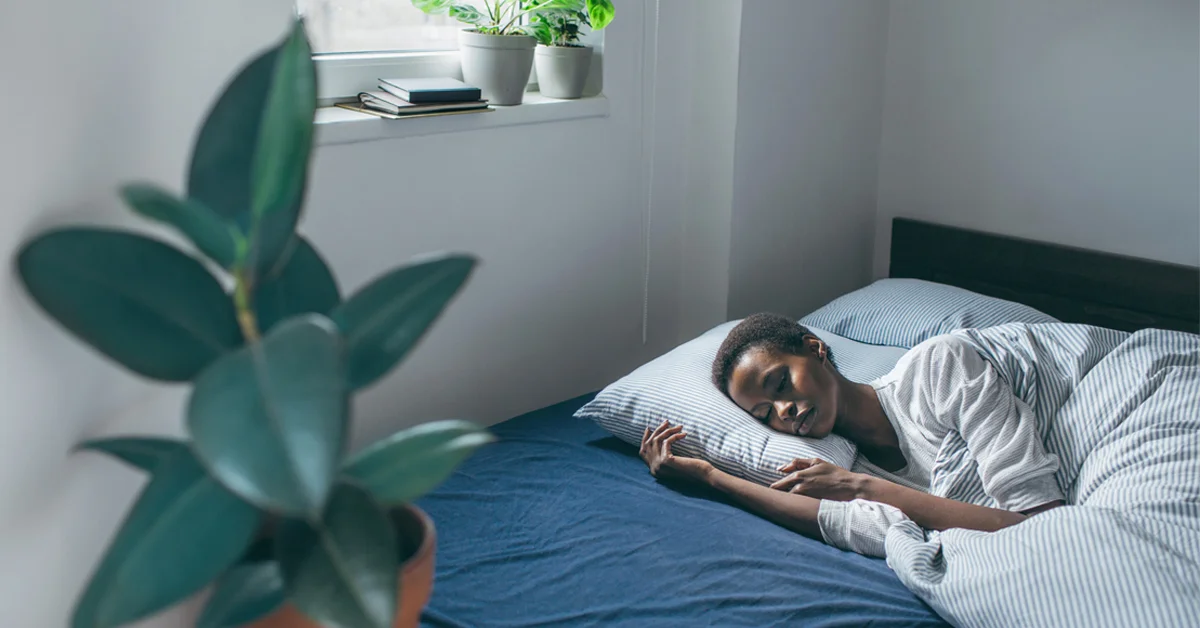Selecting the ideal mattress is essential to finding restful nightly rest. Your spine must remain aligned while asleep on this mattress.
Finding a bed that suits your firmness or softness needs takes trial and error; whether you prefer side sleeping, back sleeping, combination sleeping, or is in between; we have tips to help you find your ideal mattress.
Side Sleepers
As a side sleeper, it’s essential that your mattress provides optimal support in all the right areas in order to prevent back pain. A responsive material like memory foam will keep your spine aligned and provide relief for pressure points.
When shopping for a mattress, take into account both your body weight and how often you switch positions during the night. A bed that is too soft may put unnecessary strain on your lower back and shoulders while firmer mattresses may create tension around the neck and hip area.
If you prefer sleeping on your side, try drawing your legs slightly up while placing a pillow between them to maintain proper spinal alignment and ease any discomfort in your hips, knees and shoulders. This should help maintain good spinal health and help relieve any related discomforts.
Back Sleepers
Back sleeping is one of the most popular positions, offering many advantages for sleepers: it reduces pressure points on the body, facilitates spinal alignment and alleviates neck and shoulder pain, as well as potentially leading to breathing issues and snoring. But this sleeping position should also be approached carefully as it could also result in breathing difficulties and snoring problems.
Back sleepers should prioritize finding a mattress that provides both support and cushioning to their shoulders, hips, and lower back – that means selecting one with a medium-firm feel.
Firm mattress options will support neutral spinal alignment throughout the night and prevent lumbar pain or sagging.
Choose a hybrid mattress featuring supportive coils and soft foam comfort layers as it will offer all of the cozy benefits associated with memory foam without compromising support.
The Saatva Zenhaven mattress can be easily turned over for two distinct comfort settings: medium-firm or slightly firmer. Crafted entirely of latex for curve-conforming cushioning of shoulders, lower back, and hips.
Stomach Sleepers
Picking out the ideal mattress to match your sleeping style can make a significant difference to how you rest. Stomach sleepers, for instance, require mattresses that provide adequate support while not sinking too deeply into their hips – something which could throw their spine out of alignment and disrupt restful rest.
Medium-firm or higher mattresses provide optimal support without causing you to sink too deeply into them, as soft mattresses can allow your hips to sink too deeply, leading to back pain or other related complications.
Hybrid mattresses combine the comfort of an innerspring core with pressure relief foam layers for increased pressure relief. Most hybrid beds feature a coil support core topped with memory foam or latex for an excellent choice for stomach sleepers.
Combination Sleepers
Combination sleepers often need a mattress that can support them across multiple sleeping positions and is responsive enough to respond rapidly to movement.
Finding the ideal mattress for your sleeping style involves many considerations, including firmness, support, pressure relief and neutral spine alignment. Furthermore, your weight, partner sleeping needs and personal preferences must also be taken into account when making this important decision.
A mattress designed specifically to meet the needs of combination sleepers will offer ample support, pressure relief and spinal alignment while adapting quickly to movement, providing above-average motion isolation and superior antimicrobial properties.
Innerspring mattresses can be an excellent choice for combination sleepers who spend most of their time either on their back or stomach, offering superior support, bounce, pressure-sensitive responsiveness, contoured support capabilities as well as noise suppression. However, innersprings do lack contouring abilities and may make noise during sleep.




